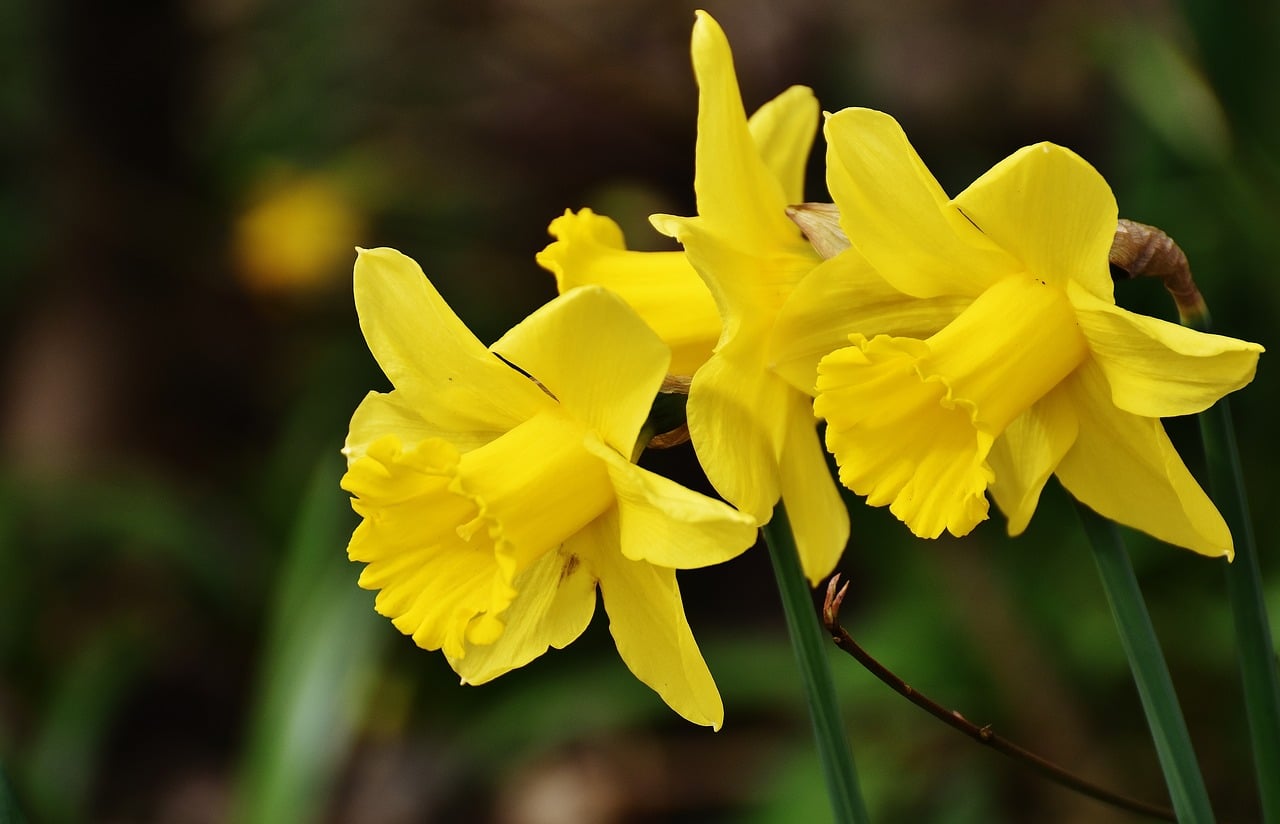Schmid says daffodils are poisonous to cats (and dogs and horses!) due to “calcium oxalate crystals that cause oral and GI (gastrointestinal) pain/irritation” as well as “phenanthridine alkaloids that are in the leaves, stem, and bulbs that cause severe GI distress, hypotension, and respiratory effects.”
What do I do if my cat has eaten a daffodil?
It is usually best to call your veterinarian first, as they will advise you on the best course of action. If you notice any plant material coming from your cat’s mouth or fur, they may advise you to remove it. This is to stop them from consuming anymore possible toxins. In order to determine whether your pet needs treatment and, if so, what kind, your veterinarian may also inquire as to how much and which portion of the daffodil has been eaten.
Treatment may be necessary depending on the amount consumed, which is why it’s crucial to contact your veterinarian. To ascertain the degree of toxicity, your veterinarian may request that you provide a sample or take a photo of the specific plant. In this manner, your cat will receive the best care possible.
Are Daffodils Poisonous To Cats?

According to the ASPCA, daffodils and cats just don’t mix. Lovely though they are, these flowers can cause serious problems if they’re ingested or touched by your furry friend.
The offending toxin found in these low-maintenance plants is crystalline lycorine: an alkaloid that causes vomiting if consumed. Lycorine occurs in all parts of the daffodil, but is most concentrated in the bulbs. As such, the entire plant is off limits to your cat, but the bulb is by far the most toxic part.
The Pet Poison Helpline also informs us that needle-like calcium oxalate crystals contained in the outer layer of a daffodil’s bulb can cause skin irritation and drooling in cats.
What Are The Signs Of Daffodil Poisoning In Cats?
The amount and part of the plant that a cat eats will determine how severe their daffodil poisoning is. Poisoning symptoms may manifest as soon as two hours following ingestion. Pet owners are advised by the ASPCA to keep an eye out for the following symptoms of daffodil poisoning:
- Vomiting
- Diarrhea
- abdominal pain
- Salivation and drooling
- Labored breathing
- Shivering
- Lethargy
Your cat may also have tremors, heart arrhythmias, and low blood pressure if she consumed a significant amount of the flower.
While more commonly seen in human gardeners who handle a lot of daffodils, some cats can also have pesky skin reactions to the plant. “Daffodil pickers’ rash” can develop in response to the plant’s calcium oxalate crystals: sharp particles that irritate the skin. These crystals are most concentrated in the sap of the stems and bulbs of daffodils.
In most cases, symptoms will clear up on their own within 12-48 hours. If you strongly suspect your cat has eaten a daffodil, however, don’t wait for symptoms to appear: act quickly, and call your vet ASAP. He or she will be able to advise you on what steps to take next.
FAQ
What happens if a cat eats daffodils?
What happens if dog eats daffodil?
Can cats be in the same room as daffodils?
What is the most toxic flower to cats?